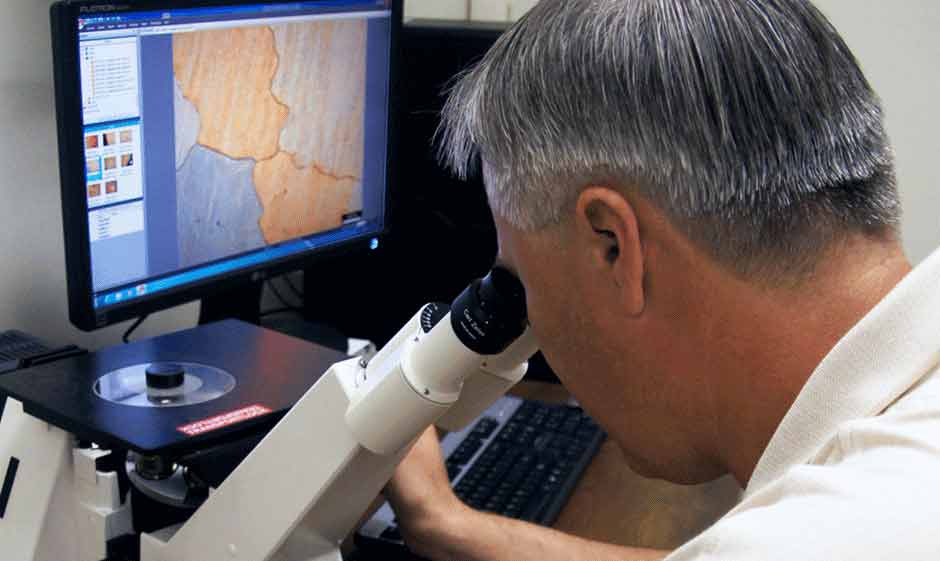Can wear resistance in vertical mills be improved?
Richard P. asks:
Our vertical cement raw mill housing and separator blades are subject to sand at 45-55 m/s speed. This results in heavy wear and 1x per week work. What materials would you recommend that can resist these conditions?
Answered by David Havel, P.E., Product Engineering Manager:
On vertical raw mills many components are subject to high velocity erosion. Combating erosion can be done in several ways depending on the angle of impingement between the abrading particle to the wearing part. Much of the vertical mills abrasion comes at shallow impingement angles. In these situations the best solution is to make the wearing surface as hard as possible.
In the case of the mill housing walls, I would recommend a liner cast from a high chrome white iron material. The profile design of the liner will also have an effect on its wear life. High chrome white iron would also be a good choice for the classifier blades. These materials are a bi-metallic alloy with a tool steel matrix containing chrome carbides. The carbides are very hard and great at resisting abrasion. Depending on the conditions in the mill and any likely impact loads on the particular part, the material can be optimized to provide the best wear for that application.
Other solutions with abrasion resistant plate and ceramic tiles do also exist, but foundries can customize both the geometry and alloy characteristics of their products. End user participation in this design and engineering process is essential for it to be fully optimized. The result of this collaboration is longer lasting, robust wear components.
Thank you for your question!
